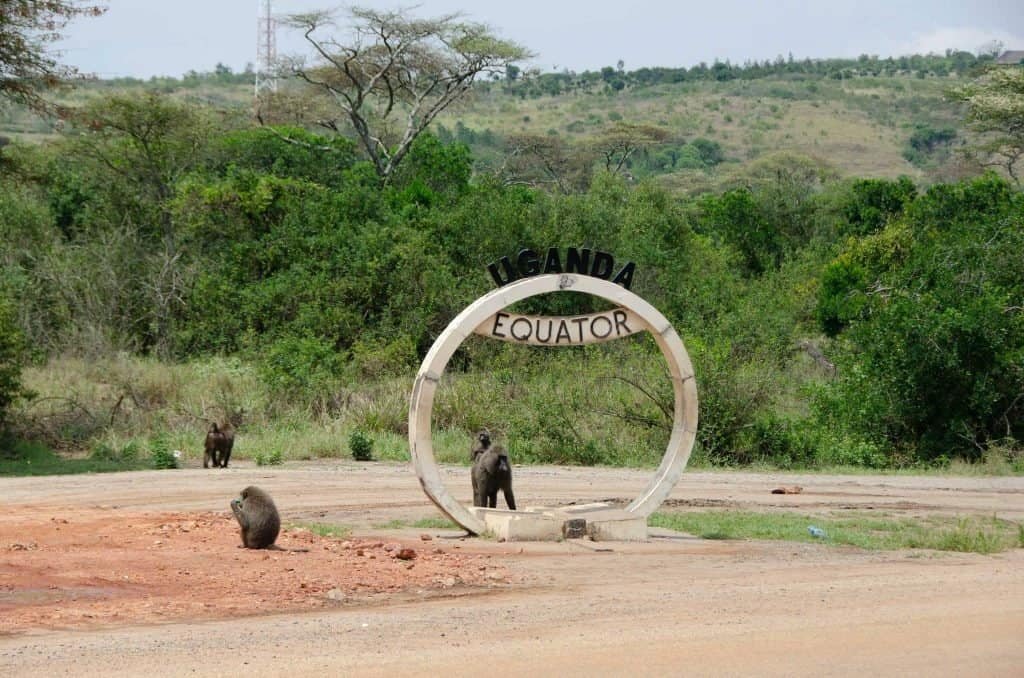This is the second of three articles making up a report from my trip to Uganda, you can find the first and third parts by clicking the link below:
Part One: Trip report: Kampala and Murchison Falls National Park, Uganda
Part Three: Trip report: Queen Elizabeth National Park, the deep south and gorilla tracking, Uganda
After a divine night’s sleep and a feast of a hot breakfast at Baker’s Lodge, it was unfortunately time to get back on the road. We had a long distance to cover and with the gargantuan road-building taking place all over this part of Uganda there was no way to tell how long it would take us to reach Fort Portal and then on to Kibale Forest.
After bidding our farewells, Alfred started the vehicle and we headed west along the river and through a number of small settlements and villages as the sun began to warm the day.
We made several stops to spot a variety of birdlife and several types of monkeys by the roadside, before we met the main highway southwest. Let me clarify this part. In the first part of this trip report (and indeed just now in this one) I alluded to the Chinese-led road construction that is tearing through the landscape in this area due to the proximity of recently-discovered oil fields. It is almost impossible to describe this in words, so I will try to do so with photos and video shot from our moving vehicle.
What used to be a narrow road snaking its way through remote villages is being transformed into a staggeringly wide expressway on which the Chinese will be able to drive enormous tanker trucks full of oil. This has resulted in villages being divided by a highway with extremely high embankments leaving former roadside shops stranded metres uphill.
Like I said, difficult to describe – so check out these clips to see what I am trying to explain.
Now there is no doubt that Uganda needs new transport infrastructure regardless of the oil finds – after several hours passing through the construction areas we returned to the original “roads” and these posed a serious challenge; often single-lane mud paths rather than asphalt and fought over by pedestrians, cyclists, taxis, passenger cars, minibuses, coaches and heavy trucks.
Whether the Chinese will build roads in the rest of the country or only where they have oil interests remains to be seen; so in the near future driving in Uganda may entail switching from 6-lane motorways to mud tracks in the beat of an eye.
Enough; it was an exhausting, exhilerating and exciting all-day drive and it made me realise why a lot of travellers choose to fly from Murchison Falls to the west and southwest of the country. It’s a lot more expensive, but the time saved can be worth the extra cost. Much of the journey will at least be quicker once those roads are finished of course.
Fort Portal – tea plantations and crater lakes

Surrounded by tea plantations and with excellent views of the Ruwenzori Mountains, Fort Portal is a very appealing place. There are some great places to stay and many visitors use the town as a base from which to explore the stunning crater lakes and track the chimps in Kibale Forest, but on this occasion I would be staying in the forest itself.
We arrived in Fort Portal in the late afternoon and had an equally late lunch at Gardens, a popular eatery on the edge of town before driving onward to Kibale.
The landscape in this area is just beautiful – lush and green due to the temperate climate and ample rainfall, with rich and fertile volcanic soil and a high altititude making perfect conditions for growing tea. Indeed Fort Portal is the centre of Uganda’s tea industry and we passed some huge plantations on the road.
After a full day of driving, it felt great to pull in to our lodge for the night.
Primate Lodge
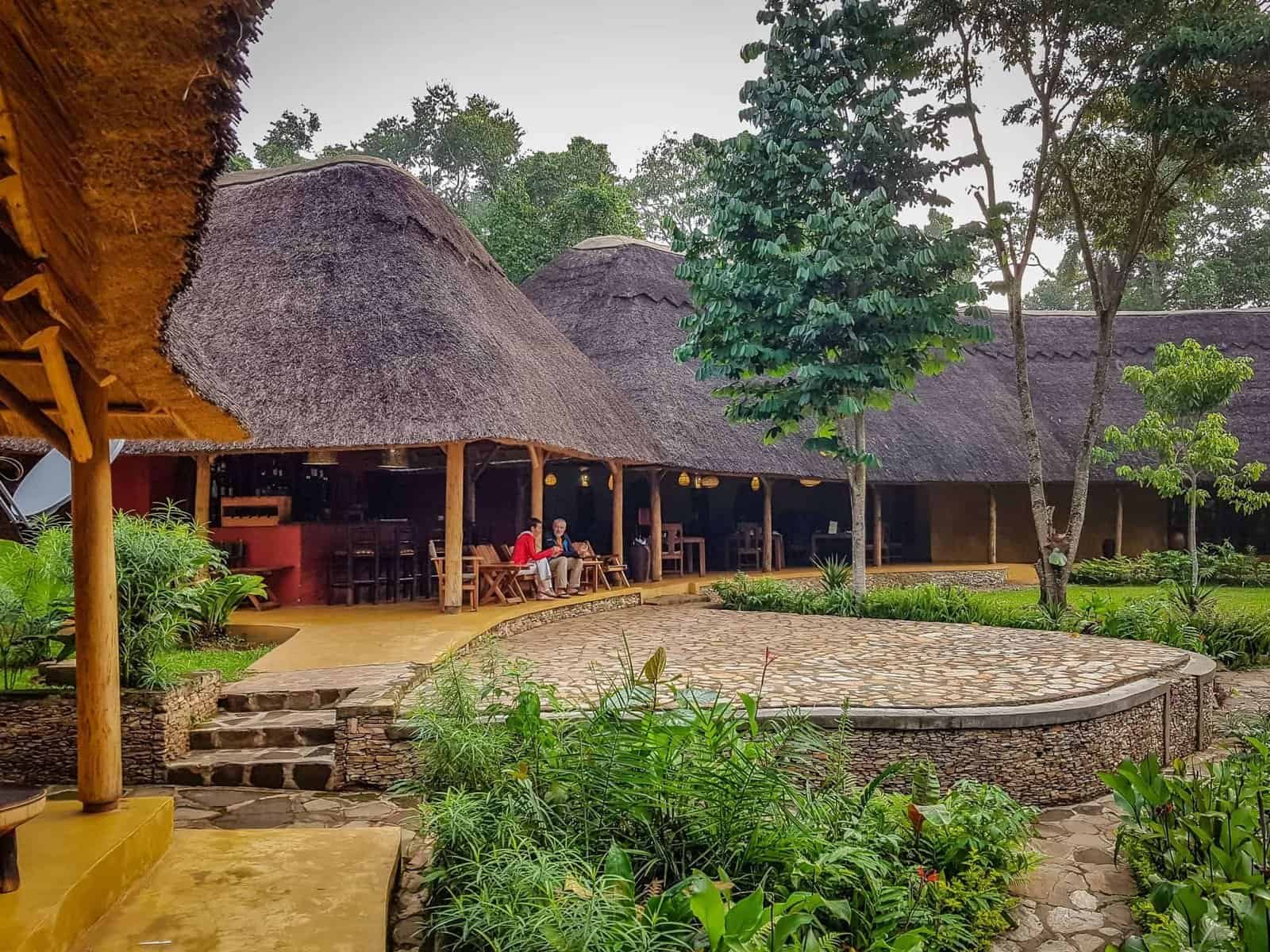
As a base for tracking the chimps in Kibale National Park, Primate Lodge is hard to beat as it is located just on the edge of the forest itself. The headquarters from which tracking starts is a few minutes drive away and you will need to get there first for your briefing on what to expect, safety and so on.
Primate Lodge is about 45 minutes’ drive on a very good road from Fort Portal, so also serves as a good base for exploring the town, visiting tea plantations and the crater lakes or any of the many other activities available.
Here is a video of the cottage I stayed in:
The room
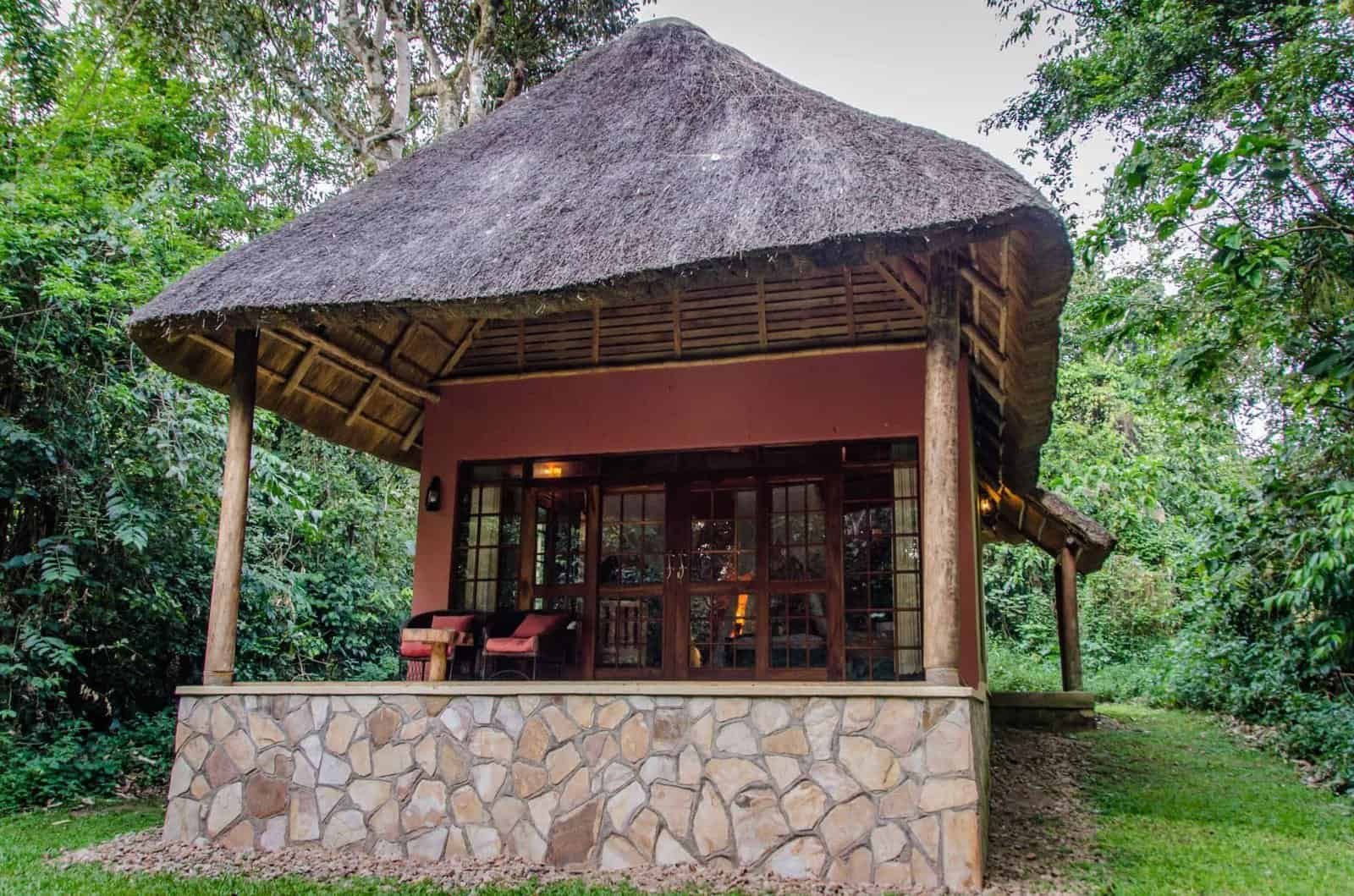
I stayed in a Standard Cottage, which was spacious and nicely furnished. The full width glass doors onto the terrace let in plenty of natural light.
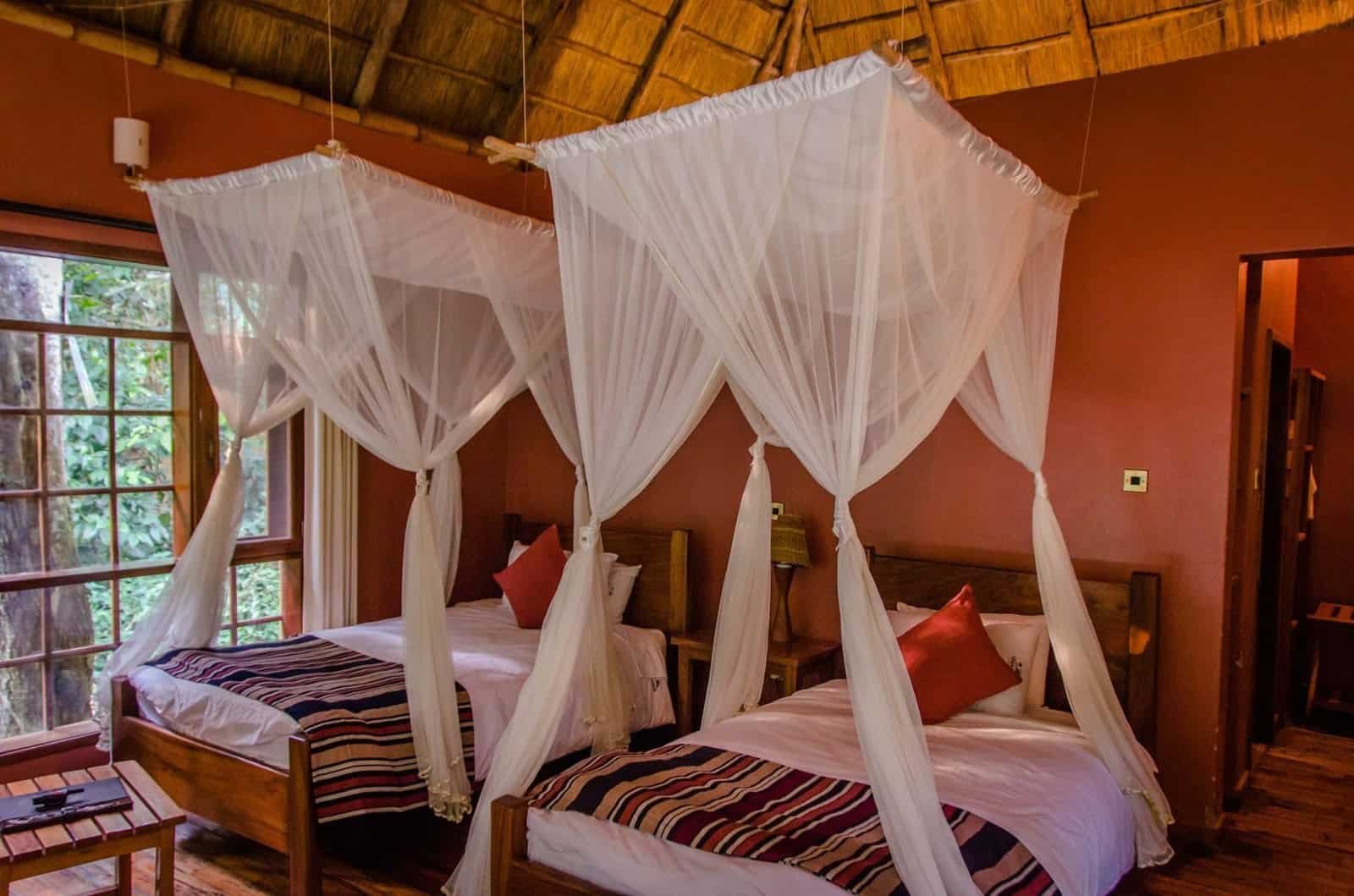
Full mosquito nets are provided for the beds but mosquitos are rarely seen here given the colder climate.

The bathroom was not well-equipped with a good shower. A full range of toiletries is provided.
The dining room, bar and lounge are located in the main building around a garden full of lush vegetation. I ate lunch, dinner and breakfast at Primate Lodge and the food was very good and served with smiles. Both international and traditional African dishes are served, with guests choosing from the day’s menu for dinner.
Chimpanzee tracking in Kibale Forest
Permits for chimp tracking are an extra, optional expense for your Uganda tour. You need to pay for the permits in advance, something which your tour operator will have taken care of. It is also possible – but absolutely cannot be guaranteed – that some permits may be available on the day for those willing to take the chance who had not originally planned to take part. The current rates are USD 150 per person for up to an hour with the chimpanzees upon locating them, or USD 220 for the whole day spent together with researchers.
Uganda is famous for its gorillas and its chimps, and Kibale Forest is perhaps the most popular place to go looking for the latter. Just a short walk/drive from Primate Lodge is the National Park headquarters and anyone wanting to meet their close relatives has to meet up here for a briefing.
It’s an early start, with the briefing starting at 0730. The skies were ominously dark when we arrived and it was clear that one of the area’s frequent rainstorms was brewing. We crossed our fingers that it would wait until we were back at the lodge and went inside.
![]()
The briefing covers safety, how to act when in the vicinity of the chimpanzees and general tips and information. One point that was emphasized was to have rain gear and decent footwear as it was often both rainy and muddy in the forest.
![]()
We set off walking single file on the narrow forest path, each one of our group excited, apprehensive and above all hoping that we would get lucky. Most visitors do get to see the chimps here, but it cannot be guaranteed and they are not keen on coming down from the trees if it rains…
![]()
Within about 15 minutes our guide had spotted a family of chimps in the canopy above us – and if we hadn’t been with him we would certainly have walked underneath and onwards without knowing what was far above.
We were told to keep quiet and to move slowly as we got closer. And then the rain started. This was no quick shower, either – a serious storm broke over our heads.
![]()
In between the worst of the rain we could see the chimpanzees in the trees but they were very high up, as you can see from the photos here. Bear in mind that these were taken with a fairly powerful zoom, too…
![]()
Part of our group had ignored the advice about bringing rainclothes and were already wet through and the canopy didn’t provide as much shelter as you might imagine. So began the waiting game…
![]()
Every now and again we got a better view of the family above us, but they showed no interest in coming down to the forest floor.
After about half an hour of waiting, the raingear-less group gave up and headed back with one of our guides. The hardcore waited it out – and ten minutes later were rewarded. A chimpanzee suddenly decided to come and check us out and dropped to the ground about twenty metres away, but soon set off through the dense undergrowth.
It was certainly exciting but impossible to capture on film. Well, on a digital memory card. We did get quite close but before we knew it he/she was off, clambering up one of the huge trees with startling dexterity.
![]()
Our time was up, and we had to return to the park headquarters. But we did manage to get a better view of some chimpanzees on the way, albeit up in the canopy.
And that was that – my chimp tracking experience was a disappointment but it did make me determined to try again – especially after talking with a group back at the lodge who had spent almost half an hour with several members of a chimpanzee family and described the experience as unforgettable.
Kibale, I will be back.
Alfred drove us back to Primate Lodge for a hearty breakfast after which we slung our bags into the car and set off – just as the rain stopped, naturally…
Driving south to the equator
The road was in good condition and the landscape scenic as we headed south towards the equator, with Kibale Forest on our left and the Ruwenzori Mountains (a.k.a. the “Mountains of the Moon”) on our right. After a while traffic was quite heavy, which is unsurprising given that the easiest way from the southwest of Uganda to Kampala is via Fort Portal.
The towns en route have mostly grown due to industry, with Hima and its huge cement factory, Mubuku with its hydroelectric power plants and Kasese which flourished due to its copper and later cobalt.
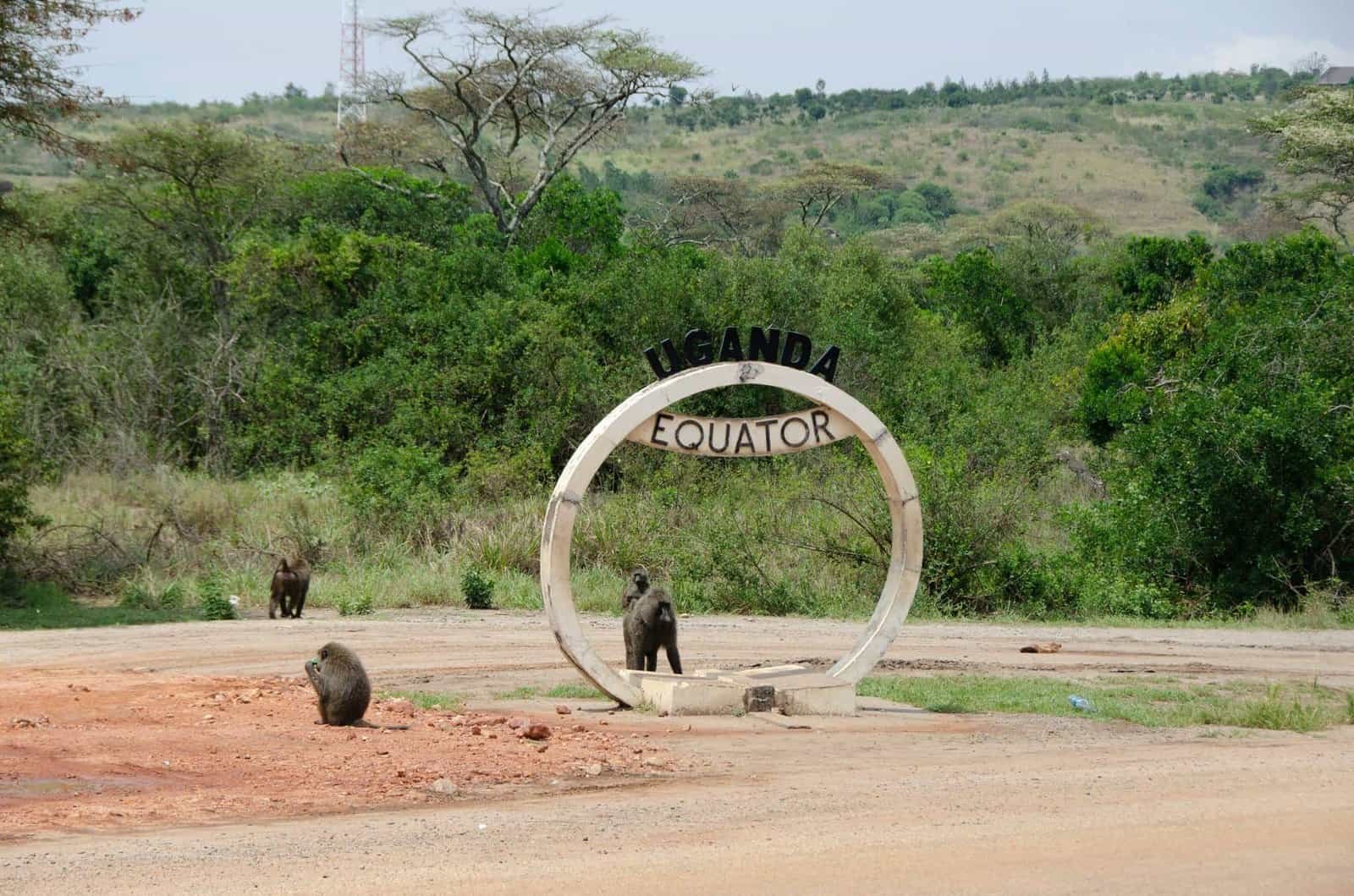
After refuelling in Kasese we drove the final stretch to the next lodge, Elephant Plains, after a quick diversion to take the mandatory picture of the Equator sign, which was more popular with monkeys than people at the time.
Elephant Plains Lodge
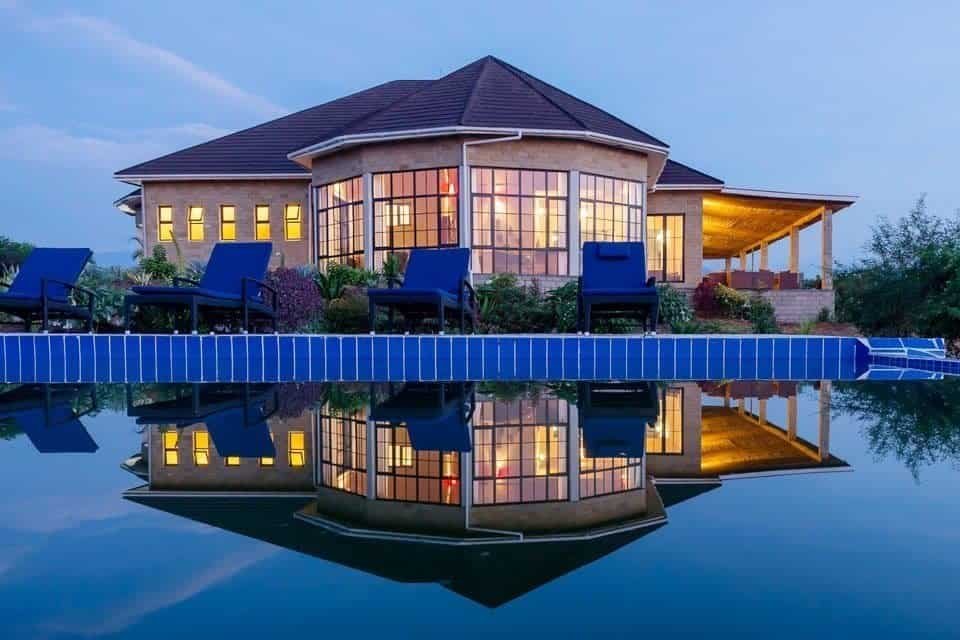
Elephant Plains Lodge is the newest property in the Great Lakes Safaris portfolio, and when I visited only a handful of guests had been there before me. And indeed on the night I stayed, I was the only visitor.
It did feel very much like a work in progress and the gardens and vegetation were quite bare – but nothing that a rainy season wouldn’t cure.
A lot of effort has been put into making Elephant Plains a luxurious place to stay, and the flagship lodge of the company. It is a stylish property yet there were a few issues that I found somewhat disappointing – but these were far outweighed by the positives.
The main building (pictured above) is an imposing structure which is clearly built to last.
The room
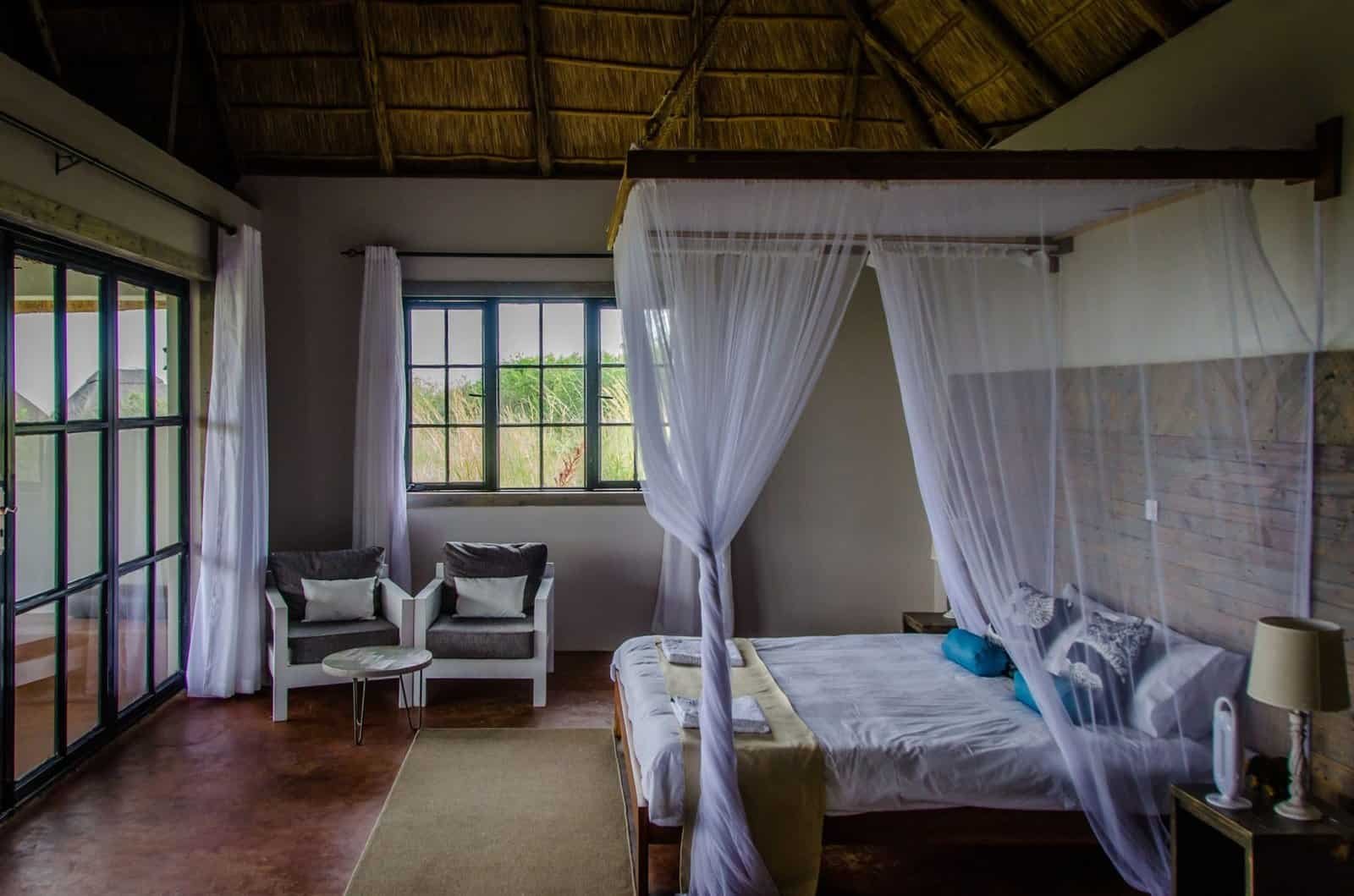

My room was a short walk from the main building, and I was staying in one half of a large chalet – two identical living spaces with a connecting door, which would be ideal for friends or families travelling together.

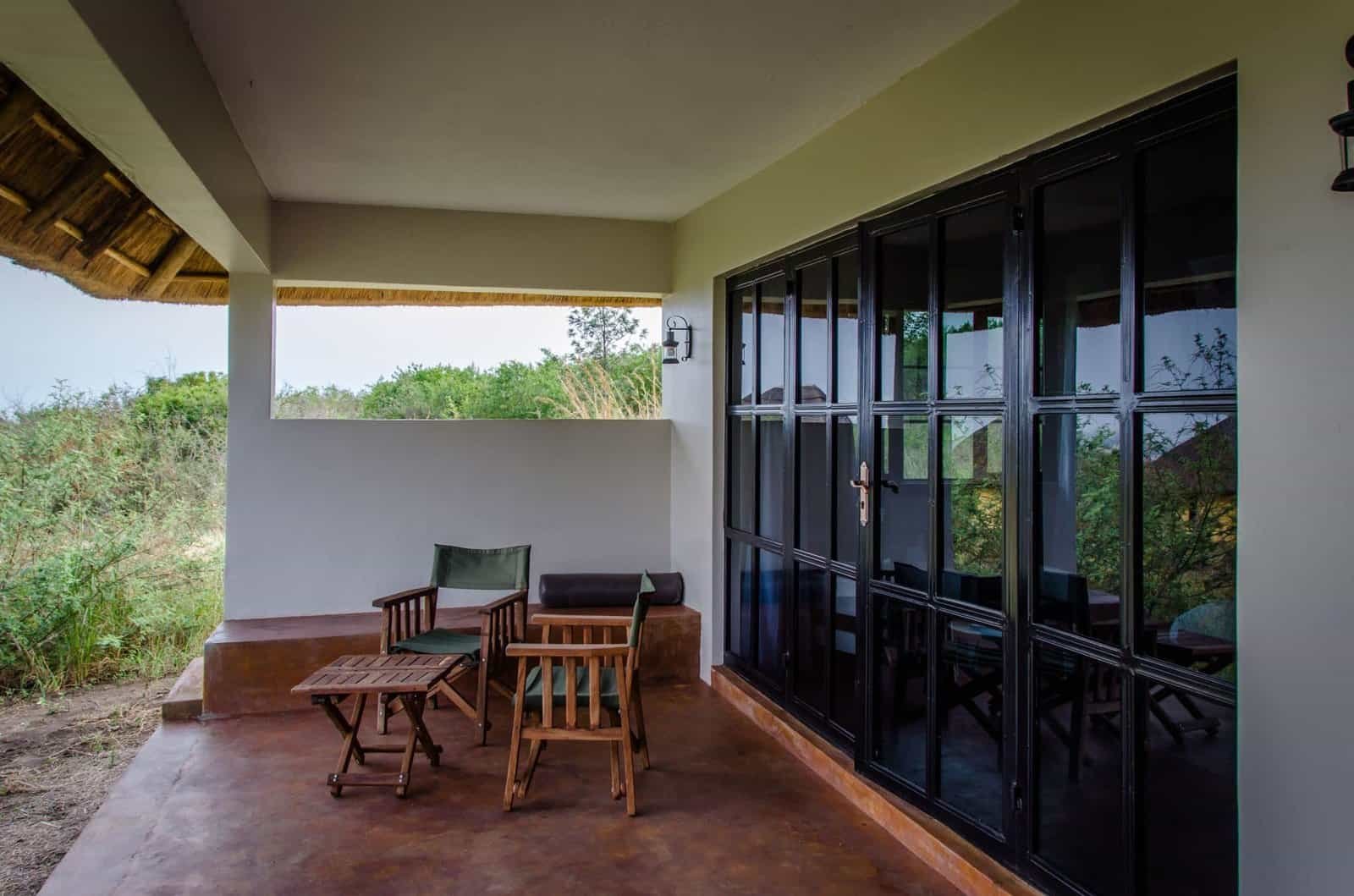
Overall the room was comfortable with a pleasant terrace.
By the way, here’s a video of my room:
The outdoor areas will be lovely when fully planted and grown – and the view is good too.
All in all I enjoyed my time at Elephant Plains despite a few teething troubles and niggles. It’s a good base for Queen Elizabeth National Park although I visited a couple of properties on the other side of the Kazinga Channel which had more picturesque settings and were better established.
I will provide a full review of Elephant Plains in a separate article.

